In the shadowy corners of our planet’s diverse ecosystems lurk some of nature’s most efficient predators – deadly reptiles whose evolutionary adaptations have made them perfect killing machines. From venomous fangs that deliver lethal toxins to powerful jaws that crush with immense force, these cold-blooded creatures have inspired both fear and fascination throughout human history. While reptiles rarely seek human confrontation, their defensive mechanisms can prove fatal when our paths cross. This article explores five of the most astonishing facts about the world’s deadliest reptiles, shedding light on their remarkable biology, hunting strategies, and the complex relationship between these ancient predators and the modern world.
The Inland Taipan: Master of Chemical Warfare
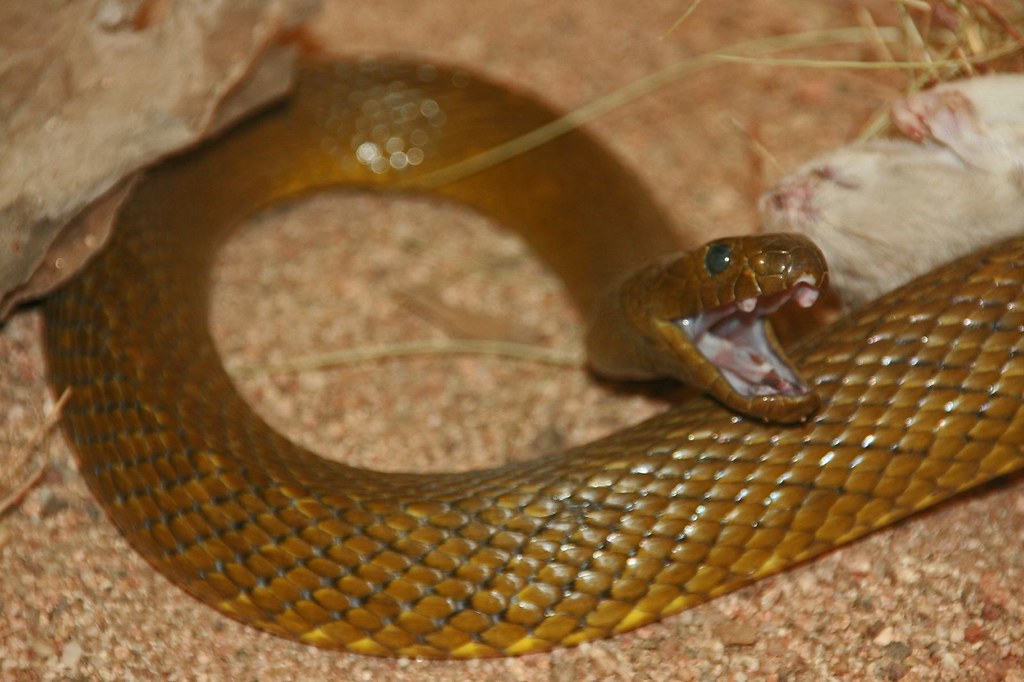
Often referred to as the “fierce snake,” the Inland Taipan holds the distinction of possessing the most toxic venom of any land snake on Earth. A single bite from this Australian native contains enough venom to kill approximately 100 adult humans, with a potent neurotoxic cocktail that can cause death in as little as 45 minutes if left untreated. Unlike many venomous species that display bright warning colors, the Inland Taipan sports a relatively understated appearance with brownish coloration that changes seasonally – darker in winter for heat absorption and lighter in summer for heat reflection. Despite its deadly potential, this snake is remarkably shy and reclusive, preferring to avoid human contact in its remote desert habitat, which partially explains why fatalities from its bite are exceedingly rare. The Inland Taipan’s venom has evolved to target warm-blooded prey with surgical precision, containing a complex mixture of toxins that simultaneously attack the nervous system, blood cells, muscles, and tissues.
The Saltwater Crocodile: Living Dinosaur and Apex Predator
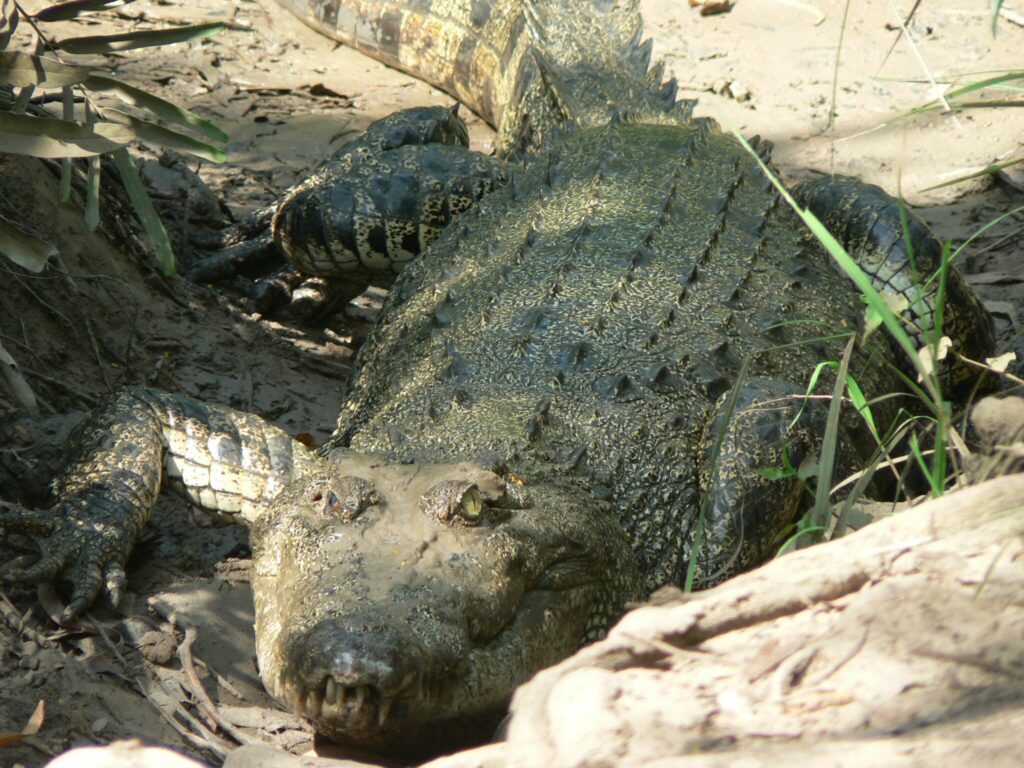
The Saltwater Crocodile reigns as the largest reptile on the planet, with males capable of reaching over 20 feet in length and weighing more than 2,000 pounds. These ancient predators have remained virtually unchanged for millions of years, earning them the nickname “living dinosaurs” as they continue to dominate waterways across Southeast Asia, Northern Australia, and the Indian subcontinent. What makes saltwater crocodiles particularly deadly is their combination of raw power, stealth, and intelligence – they can remain motionless for hours, almost completely submerged while tracking prey, before launching explosive attacks that generate more bite force than any other animal at over 3,700 pounds per square inch. Unlike many predators that kill solely for food, saltwater crocodiles are known for their territorial aggression and have been documented attacking boats, livestock, and humans that venture into their domain. Their remarkable physiological adaptations include specialized salt glands that allow them to survive in both freshwater and marine environments, making them incredibly versatile hunters across diverse habitats.
The Black Mamba: Speed Demon of the Serpent World
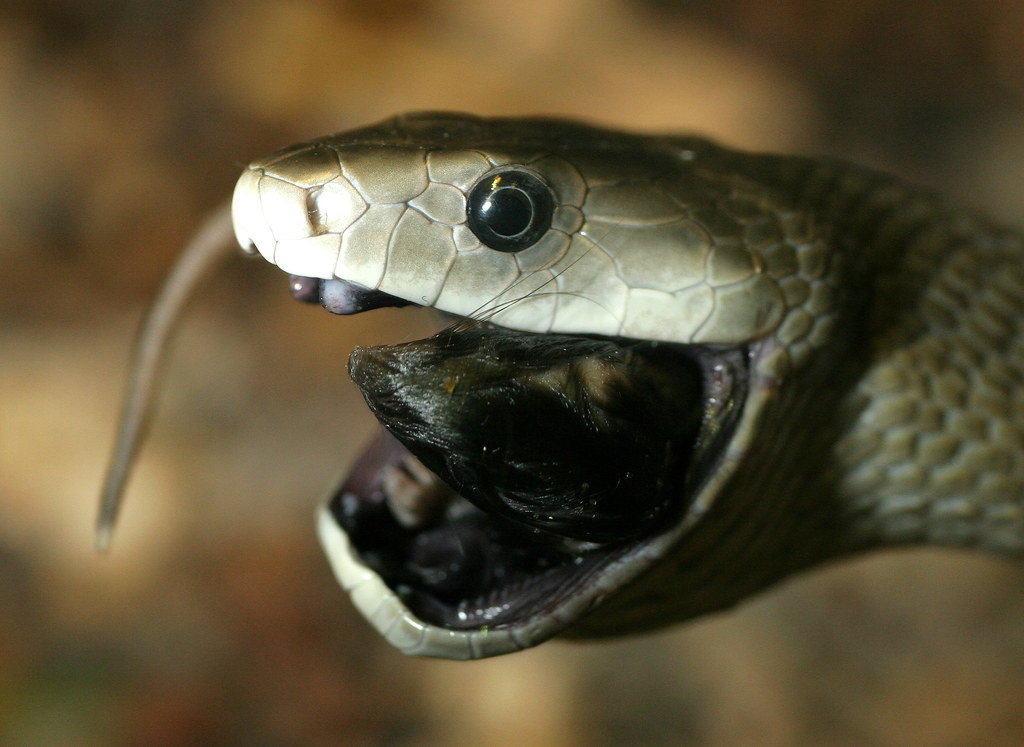
The Black Mamba has earned its fearsome reputation as Africa’s deadliest snake not just through its potent venom, but through its unparalleled combination of speed, aggression, and precision. Capable of traveling at speeds up to 12.5 miles per hour across open ground, this snake can outpace a human in a short sprint, making escape difficult if it feels threatened. Despite its name, the Black Mamba isn’t actually black – its body ranges from olive to grayish-brown, with only the inside of its mouth displaying the characteristic black coloration that becomes visible during threat displays. When confronted, this snake exhibits unique defensive behavior by raising the front third of its body off the ground, flattening its neck into a hood, and opening its mouth to reveal its black interior while hissing menacingly. The Black Mamba’s neurotoxic venom is delivered through multiple strikes in rapid succession, with each bite injecting approximately 100-120mg of venom that can cause respiratory failure within 20 minutes if not treated with antivenom.
The Komodo Dragon: Bacterial Warfare and Hunting Patience
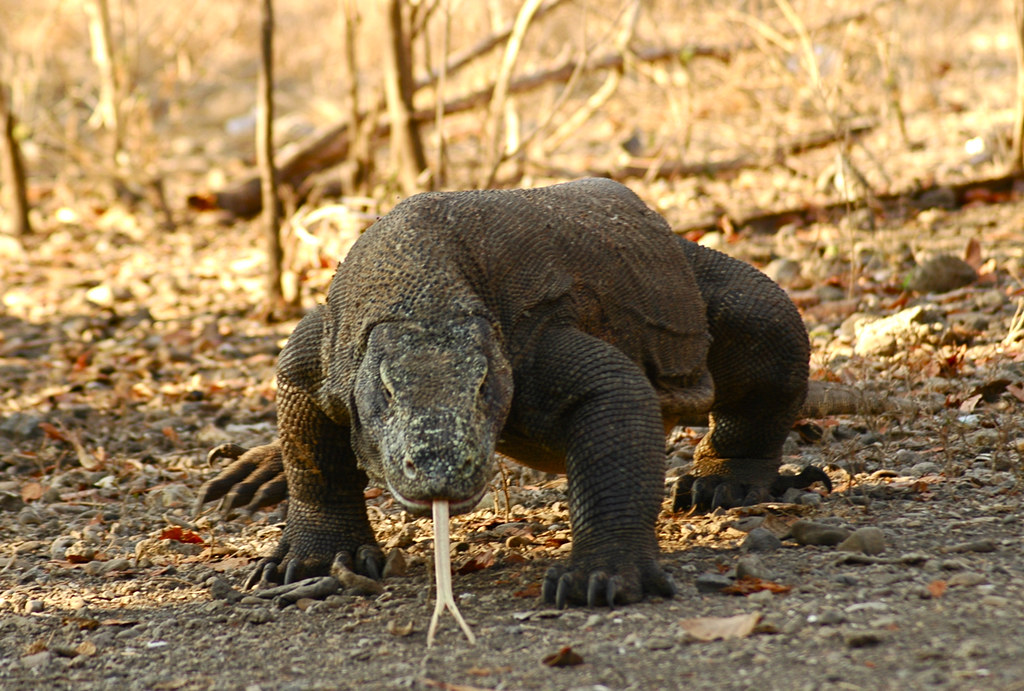
The Komodo Dragon employs one of the most unusual and effective killing methods in the reptile world, combining physical attacks with a form of biological warfare that ensures prey rarely escapes its fate. These massive lizards, which can grow up to 10 feet long and weigh over 300 pounds, possess saliva teeming with over 50 strains of bacteria, creating infectious wounds that cause sepsis in victims who initially survive their attacks. Scientific research has also revealed that Komodo Dragons possess venom glands that produce toxins inhibiting blood clotting, causing blood pressure drops, and inducing muscle paralysis – a discovery that overturned decades of belief that bacterial infection alone was their killing mechanism. Their hunting strategy demonstrates remarkable patience, as they will often inflict a single bite on large prey like deer or water buffalo, then track the weakening animal for days or even weeks as the venom and bacteria gradually take effect. The Komodo Dragon’s sensory abilities are equally impressive, featuring a specialized forked tongue that collects scent particles and delivers them to a specialized organ in the roof of the mouth, allowing them to detect carrion from up to 2.5 miles away.
The King Cobra: Regal and Highly Intelligent
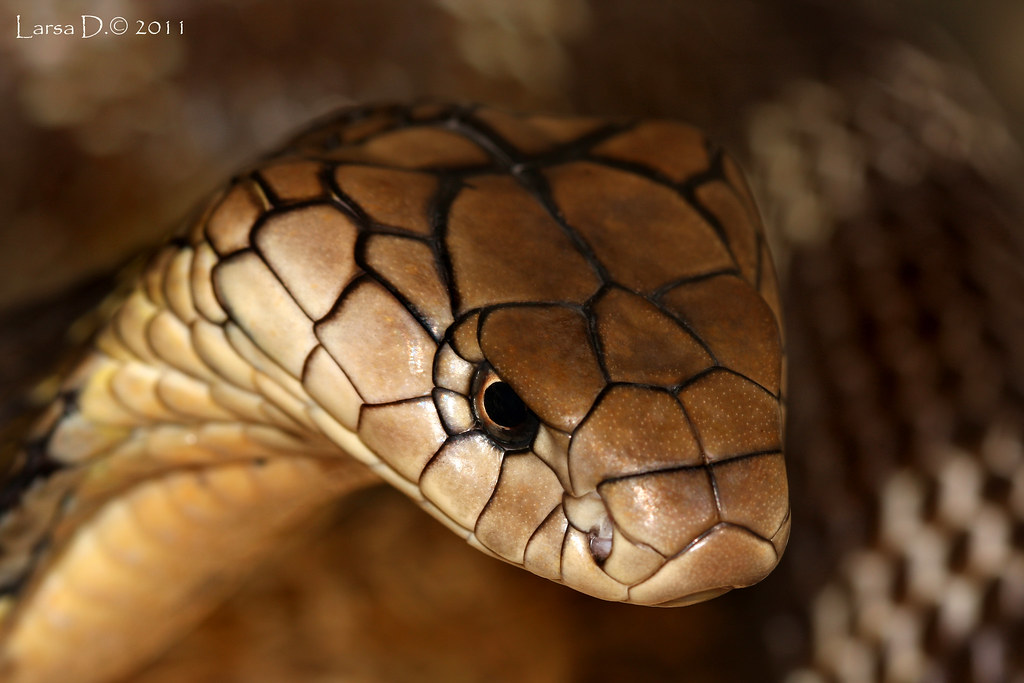
The King Cobra stands apart from other deadly reptiles not only as the world’s longest venomous snake, reaching up to 18 feet in length, but also for its remarkable intelligence and complex behaviors that blur the line between instinct and cognition. Unlike many snakes that rely primarily on heat sensing or vibration detection, King Cobras have demonstrated problem-solving abilities, spatial awareness, and even recognition of individual humans, with captive specimens often displaying different behaviors toward different handlers. When threatened, the King Cobra performs one of nature’s most intimidating displays by raising the front third of its body, expanding its distinctive hood, and emitting a bone-chilling hiss that sounds remarkably similar to a growling dog. The neurotoxic venom of a King Cobra is delivered through large, fixed fangs that can inject approximately 7ml of venom in a single bite – enough to kill 20 people or even an elephant. Perhaps most fascinating is the King Cobra’s unique parental behavior – it is the only snake known to build nests for its eggs, with females guarding their clutches aggressively until hatching, demonstrating a level of parental care rare among reptiles.
Venom Delivery Systems: Nature’s Perfect Syringes
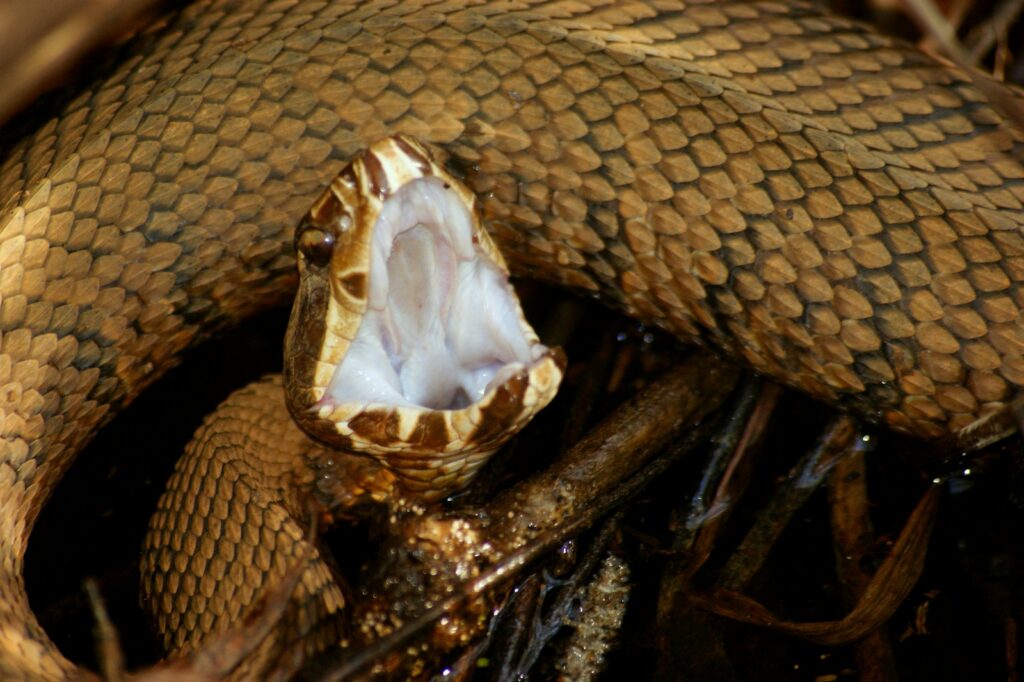
The evolution of venom delivery systems in deadly reptiles represents one of nature’s most sophisticated biological mechanisms, with specialized adaptations that have been refined over millions of years. Venomous snakes typically employ one of three fang systems: fixed front fangs like those in cobras, hinged front fangs that fold against the roof of the mouth in vipers, or rear fangs in species like the boomslang. These fangs are not merely hollow tubes but precision instruments, with some species featuring grooves that channel venom and others having completely enclosed canals that function like hypodermic needles. The Gila monster and Mexican beaded lizard utilize a completely different approach, with serrated teeth that inflict tearing wounds while venom flows from specialized glands in the lower jaw through capillary action rather than pressure injection. The venom glands themselves are modified salivary glands that have evolved to produce complex toxic cocktails, with some species capable of adjusting venom composition based on prey type or controlling the amount dispensed to conserve this metabolically expensive resource.
The Russell’s Viper: Silent Killer with Warning Signs
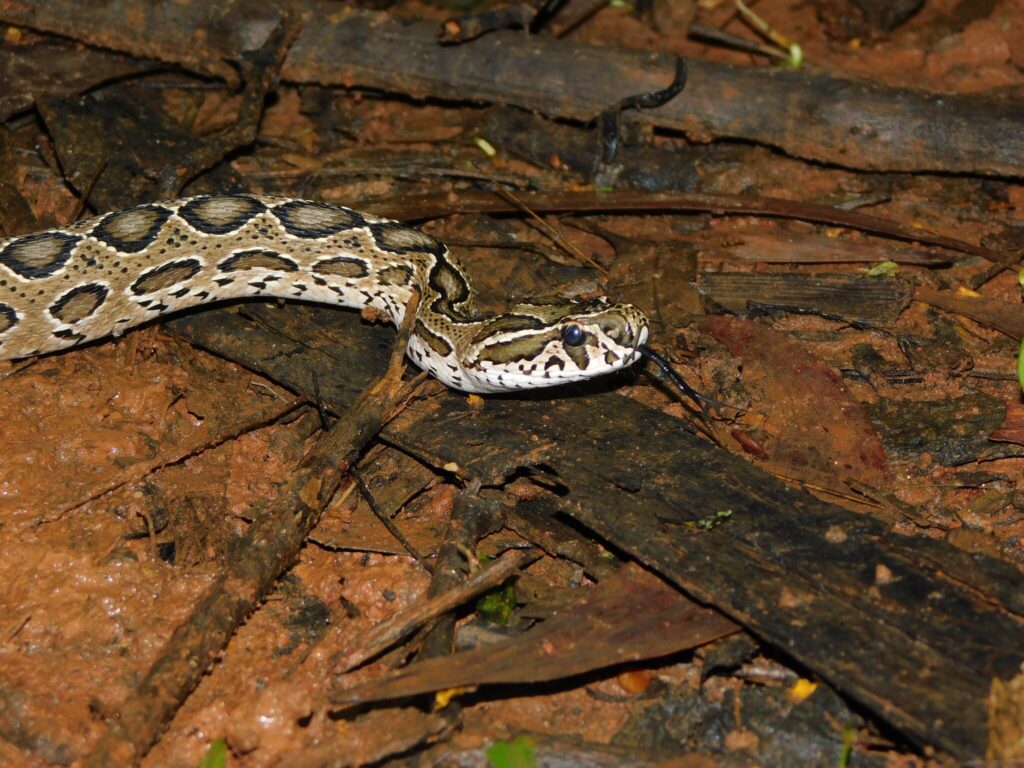
The Russell’s Viper combines deadly efficiency with a remarkable warning system, making it one of the most recognizable yet dangerous snakes across its range in Asia. When threatened, this viper produces a distinctive loud hissing sound created by forcefully expelling air through its respiratory system, while simultaneously rubbing its scales together to produce a sizzling noise that serves as a clear warning to potential threats. Despite these warning mechanisms, the Russell’s Viper is responsible for more human deaths in India than any other snake, partly because its preferred habitat overlaps significantly with agricultural areas where barefoot farmers are at risk of accidental encounters. Its hemotoxic venom causes catastrophic damage to blood vessels and tissues, resulting in massive internal bleeding, kidney failure, and irreversible tissue damage that can lead to amputation even in survivors. Medical treatment is complicated by the fact that Russell’s Viper venom composition varies significantly across different geographic regions, sometimes requiring region-specific antivenoms for effective treatment.
Thermal Sensing: The Invisible Hunting Advantage
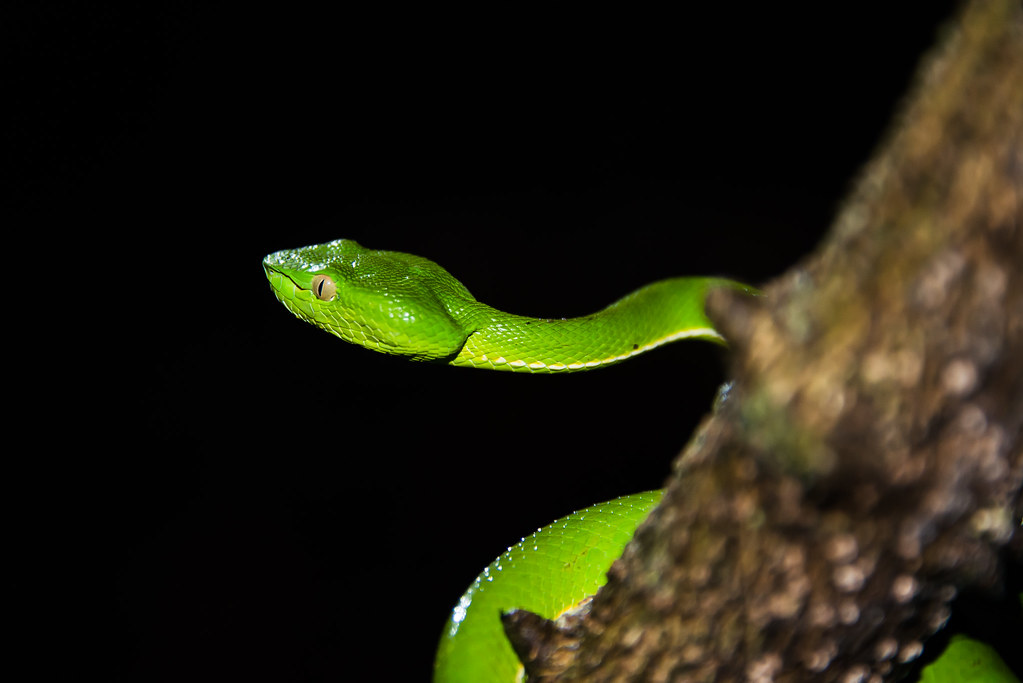
Several of the world’s deadliest reptiles possess specialized organs that allow them to detect infrared radiation or heat signatures, essentially giving them thermal vision that works even in complete darkness. Pit vipers, including rattlesnakes and the Fer-de-lance, feature specialized heat-sensing pits located between their eyes and nostrils that can detect temperature differences as small as 0.003 degrees Celsius, allowing them to create a thermal image of their surroundings. These specialized organs contain thousands of heat-sensitive receptors connected to the brain’s visual processing center, effectively giving these snakes a sixth sense that provides a three-dimensional thermal map of their environment. Pythons and boas possess a different but equally effective system, with heat-sensitive labial pits lining their upper and lower lips that collectively create a comprehensive thermal picture of potential prey. This evolutionary adaptation is particularly advantageous for nocturnal hunting, allowing these reptiles to strike with remarkable precision at warm-blooded prey even in pitch darkness, targeting vital areas like the head or neck with unerring accuracy based solely on thermal signatures.
The Blue-Ringed Octopus: Tiny Terror of Tide Pools
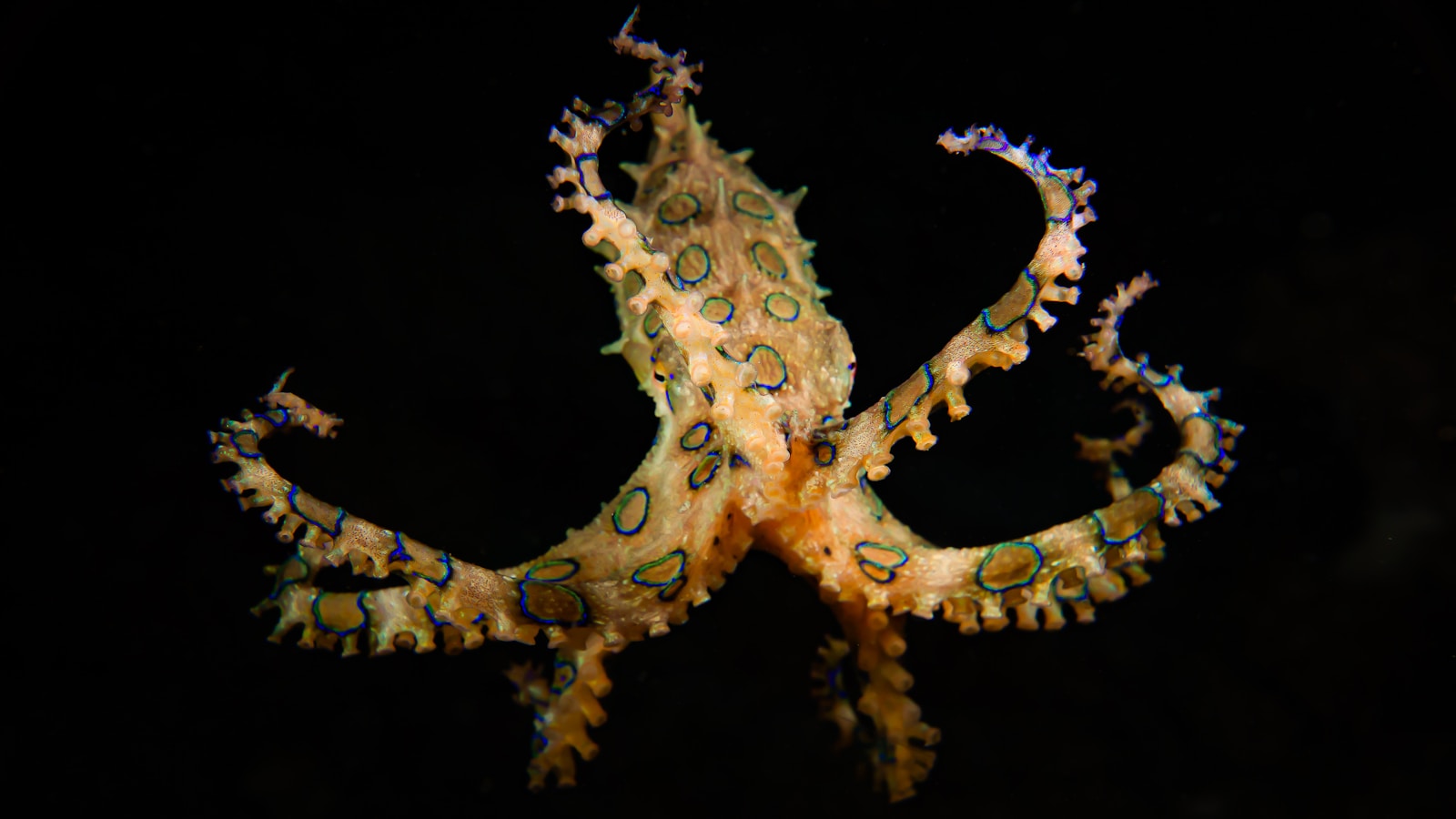
Though not a reptile but deserving of mention among deadly creatures, the Blue-Ringed Octopus serves as a powerful reminder that lethal potential doesn’t always correlate with size in the natural world. This small cephalopod, barely larger than a golf ball, carries enough tetrodotoxin to kill 26 adult humans within minutes, making it one of the most venomous marine animals on the planet. When threatened, the normally camouflaged octopus displays vibrant blue rings as a warning signal – a rare example of aposematic coloration similar to that seen in some venomous reptiles like coral snakes. The tetrodotoxin it produces is identical to that found in pufferfish and some poison dart frogs, suggesting convergent evolution of this potent neurotoxin across vastly different animal groups. What makes the Blue-Ringed Octopus particularly dangerous is that its bite is often painless and may go unnoticed until symptoms begin – starting with numbness, followed by respiratory distress, paralysis, and potentially death from respiratory failure if emergency intervention isn’t provided.
Reproductive Strategies: Ensuring the Next Generation
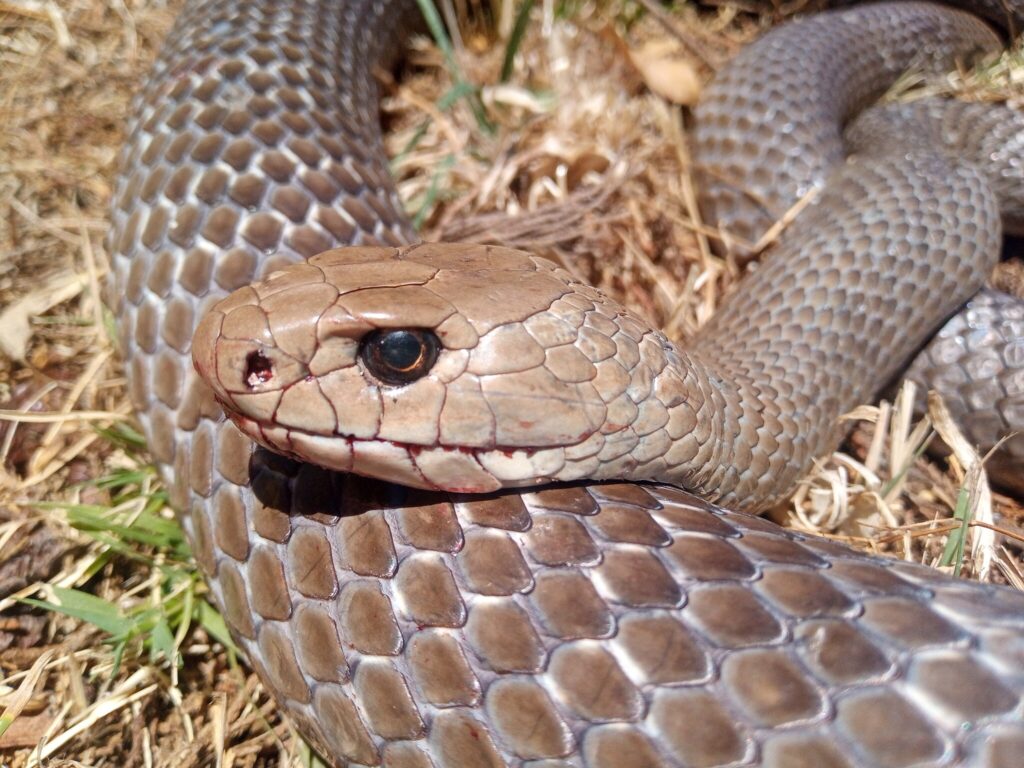
The reproductive strategies of deadly reptiles reflect diverse evolutionary approaches to ensuring species survival, with fascinating variations that include both egg-laying (oviparous) and live-bearing (viviparous) species. Many venomous snakes, like the Eastern Brown Snake, have evolved viviparity (live birth) as an adaptation to colder climates where soil temperatures might not be sufficient for egg incubation, retaining eggs inside the female’s body where they can be maintained at optimal temperatures. The Timber Rattlesnake demonstrates remarkable maternal behavior, with pregnant females actively thermoregulating by seeking specific basking sites that maintain ideal incubation temperatures, sometimes traveling long distances to traditional communal birthing grounds used by generations of snakes. Certain sea snakes have developed some of the most specialized reproductive adaptations, giving birth to fully-formed, independent offspring in open water that are immediately capable of swimming and hunting. Perhaps most extraordinary is the reproductive strategy of certain viper species, where females actually metabolize their own muscle tissue during pregnancy to nourish developing young when food is scarce, demonstrating the extreme physiological investments these animals make to ensure offspring survival.
Antivenom Development: The Lifesaving Paradox
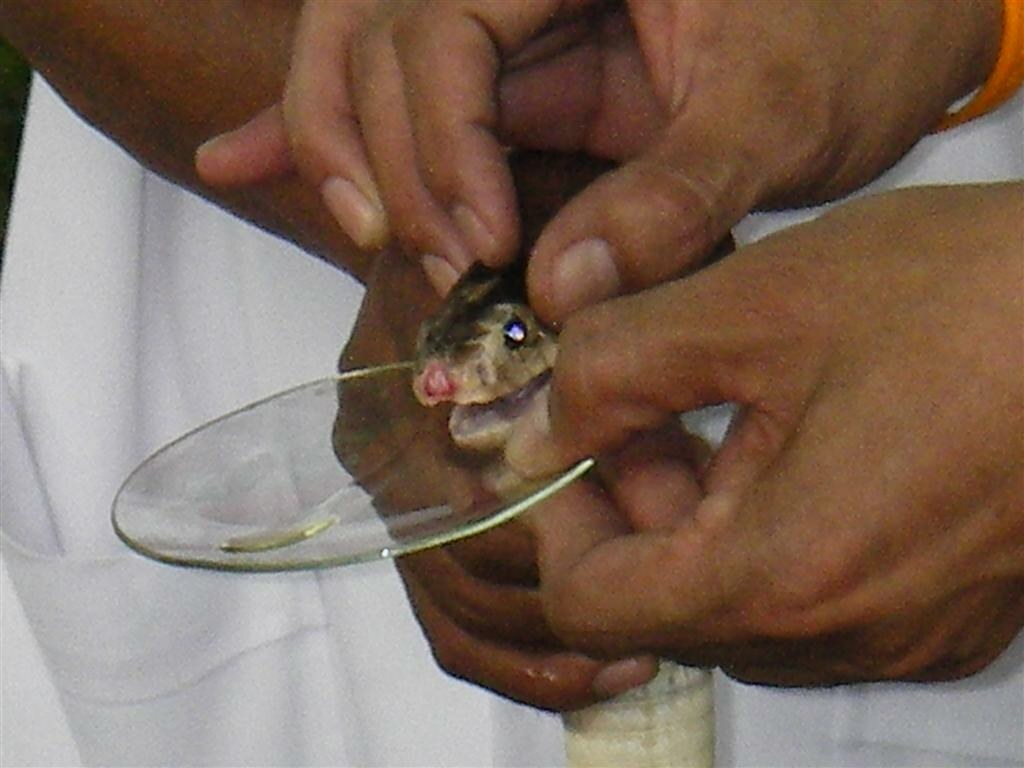
The development of antivenoms represents one of medicine’s greatest paradoxes – using deadly venoms to create the very treatments that save victims of envenomation. The process begins with the careful extraction of venom from captive specimens, which is then diluted and injected into production animals (typically horses) in gradually increasing doses to stimulate antibody production without killing the animal. Over time, these animals develop high concentrations of antibodies specific to the venom components, which are then harvested from their blood, purified, and processed into antivenom preparations that can neutralize the toxic effects when administered to bite victims. Modern antivenom production faces significant challenges, including the high cost of production, limited shelf life, potential for adverse reactions, and the need for cold storage chains that may not be available in remote regions where many deadly reptiles are found. Researchers are exploring new approaches, including synthetic antibody production and universal antivenoms that could treat bites from multiple species, potentially revolutionizing treatment in regions where rapid species identification is difficult.
Conservation Status: Protecting the Predators
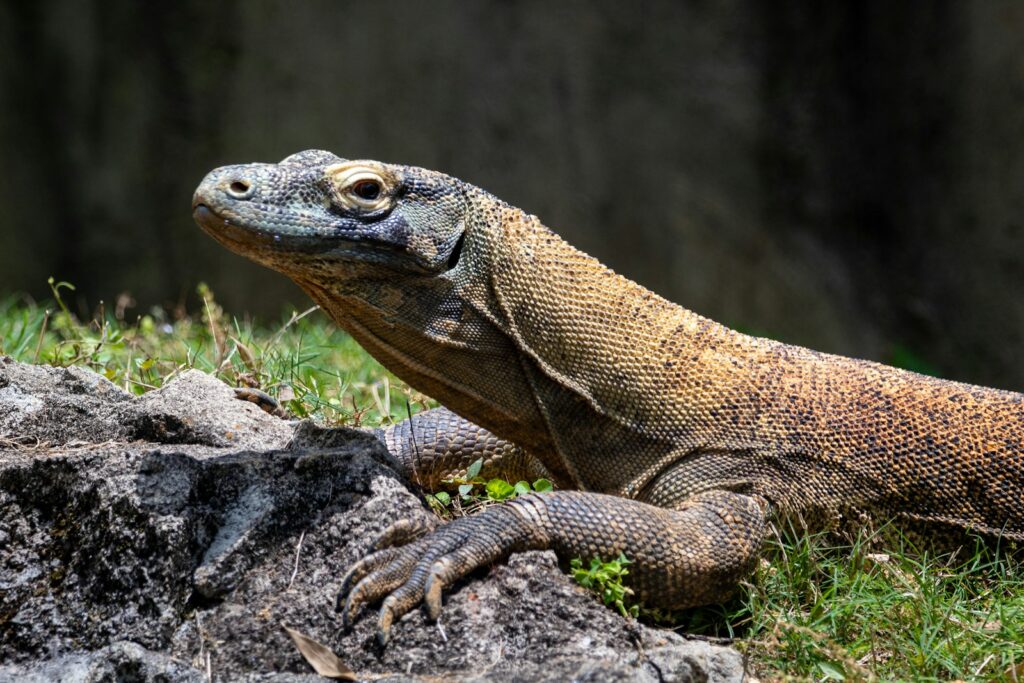
Despite their fearsome reputations, many of the world’s deadliest reptiles face significant conservation challenges due to habitat loss, climate change, persecution, and illegal collection for the exotic pet trade or traditional medicine. The King Cobra has experienced population declines exceeding 30% across its range in Southeast Asia, earning it a Vulnerable status on the IUCN Red List as deforestation fragments its habitat and reduces prey availability. Komodo Dragons, while protected within national park boundaries, face threats from poaching, human encroachment, and the potential impacts of rising sea levels on their island habitats, with current wild populations estimated at fewer than 6,000 individuals. Conservation efforts for venomous species face unique challenges, as public fear often undermines support for protection measures, despite the ecological importance of these predators in controlling rodent populations and maintaining ecosystem balance. Successful conservation programs increasingly focus on community education and involvement, demonstrating the economic value of reptile conservation through ecotourism and developing sustainable management plans that protect both reptiles and the human communities that share their habitat.
Medical Applications: Venom as Medicine
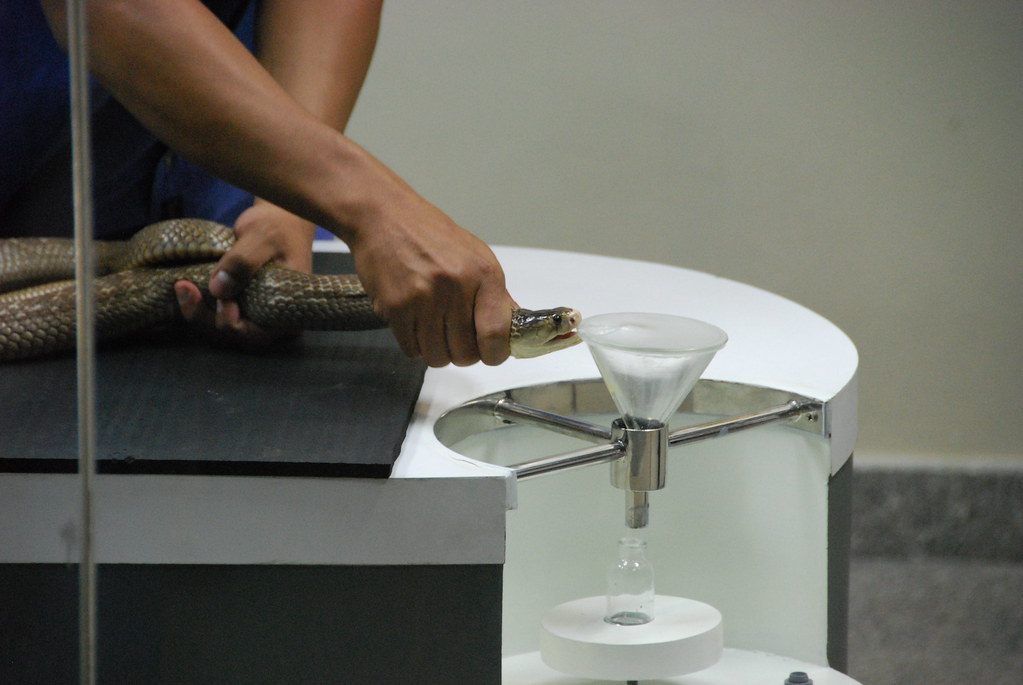
The complex chemical cocktails that make reptile venoms so deadly also hold tremendous potential for pharmaceutical applications, with researchers discovering valuable medical compounds hidden within these toxic mixtures. The ACE inhibitors used to treat high blood pressure were developed based on peptides discovered in the venom of the Brazilian pit viper, revolutionizing the treatment of cardiovascular disease and demonstrating how a deadly compound can be transformed into a lifesaving medication. Researchers have identified compounds in King Cobra venom that show promise as pain relievers, potentially more potent than morphine but without the risk of addiction, while proteins from Russell’s Viper venom are used in diagnostic tests that measure blood clotting efficiency. Gila monster venom yielded exenatide, a medication now used to treat type 2 diabetes by stimulating insulin production, improving glucose control for millions of patients worldwide. The specialized anticoagulant properties of many snake venoms are being studied for potential applications in preventing strokes and heart attacks, potentially turning these deadly weapons of predation into sophisticated tools for healing in modern medicine.
The world’s deadliest reptiles represent evolutionary perfection – ancient predators whose survival strategies have been refined over millions of years. While their lethal capabilities rightly inspire caution, these remarkable creatures deserve our respect rather than fear. Their complex venom compositions continue to yield medical breakthroughs, while their ecological roles maintain the delicate balance of the ecosystems they inhabit. As we learn more about these fascinating animals, the line between deadly predator and valuable resource increasingly blurs, revealing the complex relationship between humans and these powerful reptiles. Conservation efforts remain crucial to ensuring that these evolutionary marvels continue to thrive in their natural habitats, preserving both their ecological significance and their potential contributions to human medicine and science for generations to come.


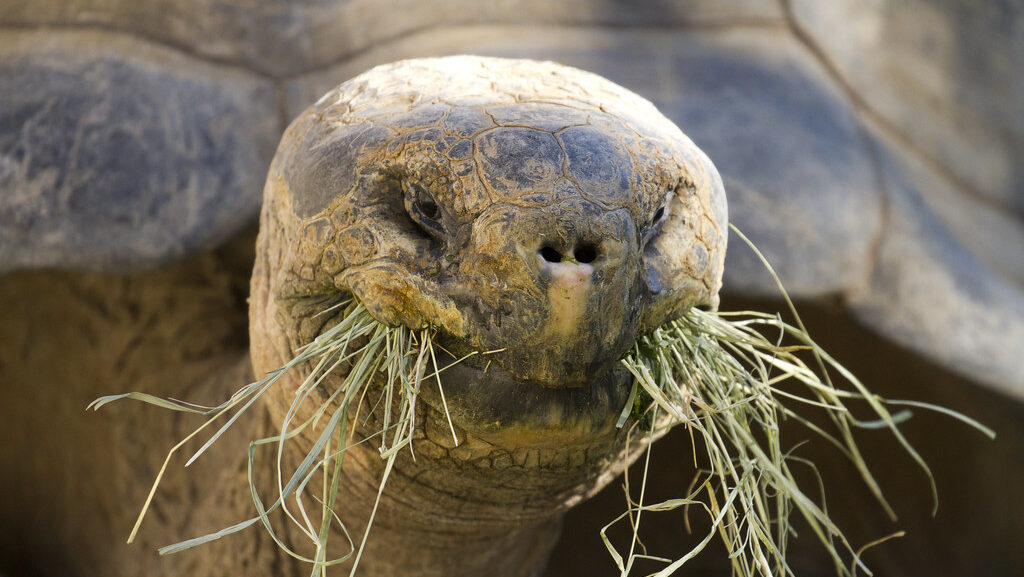
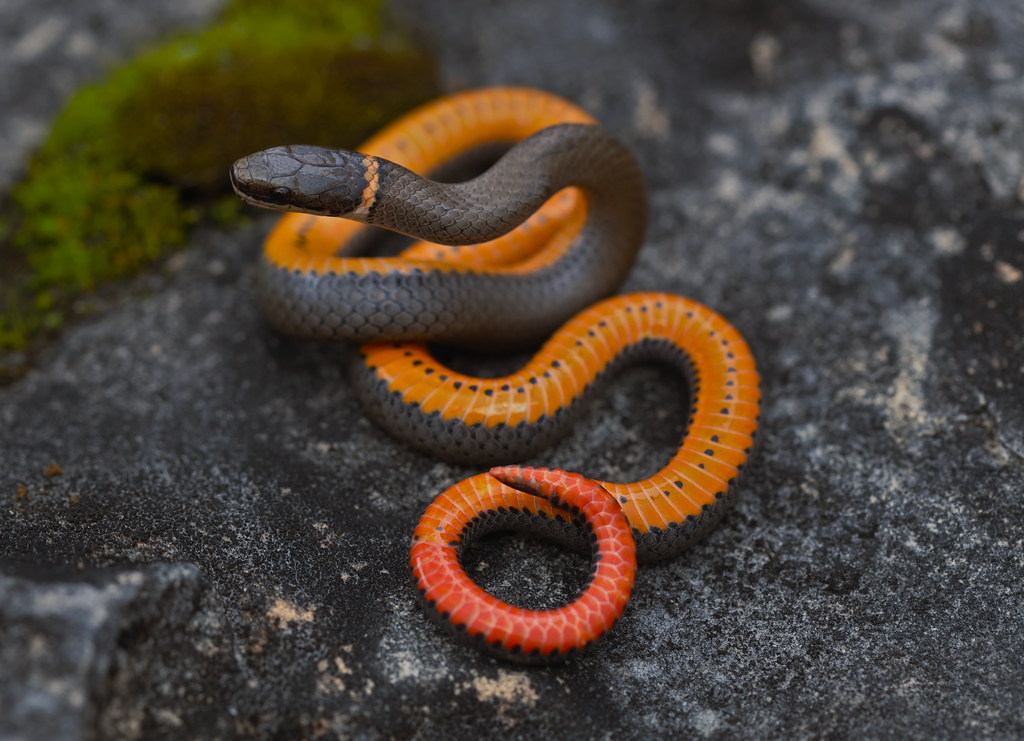
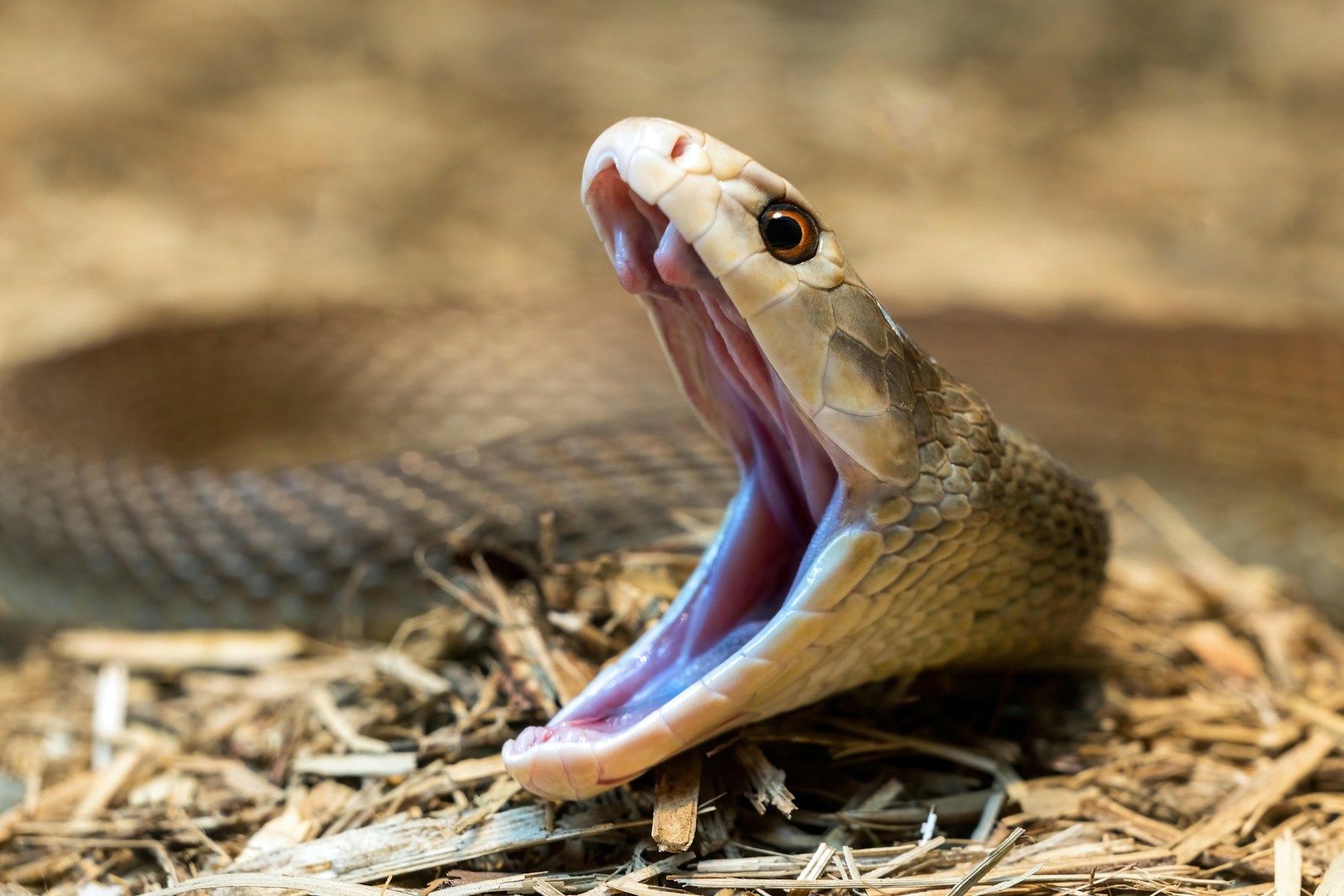
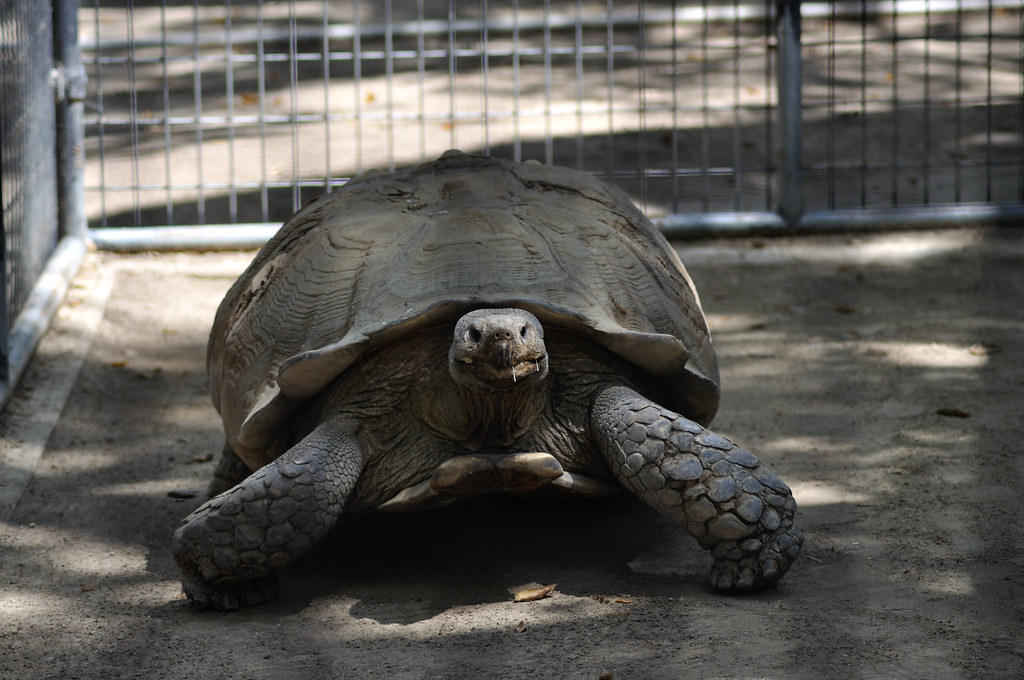
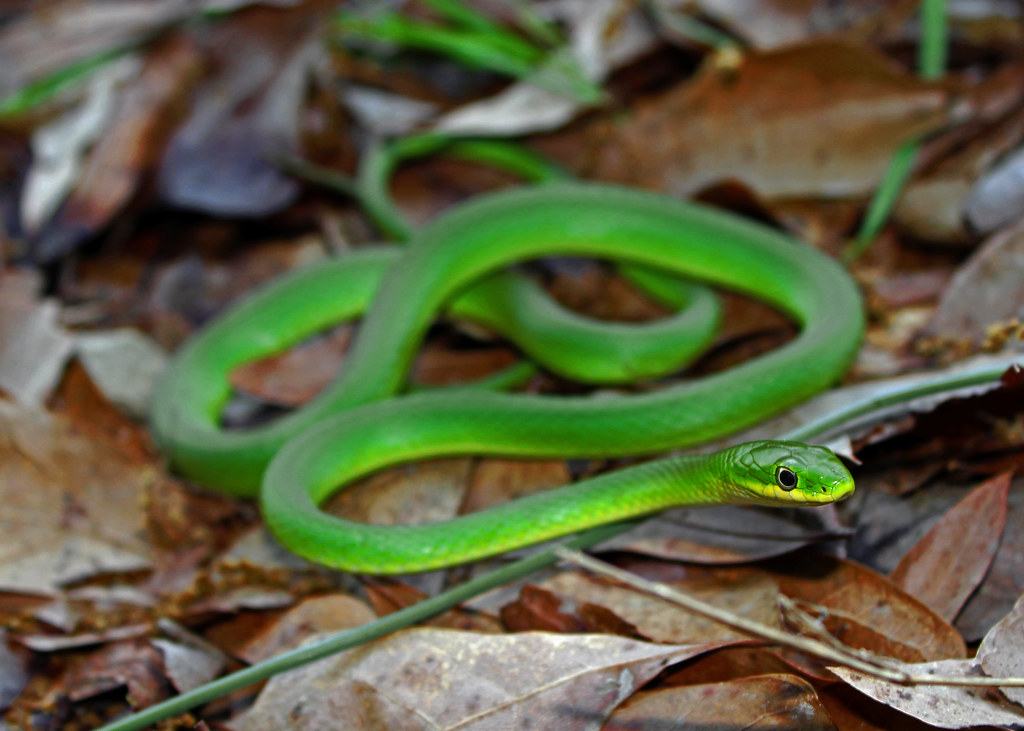
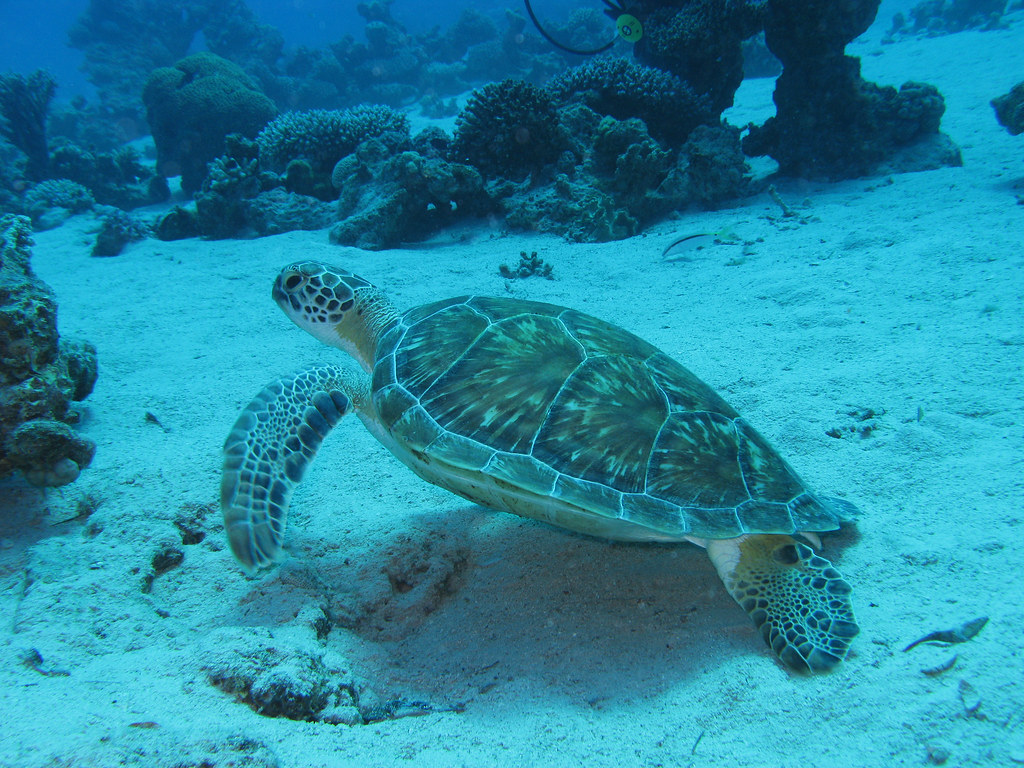
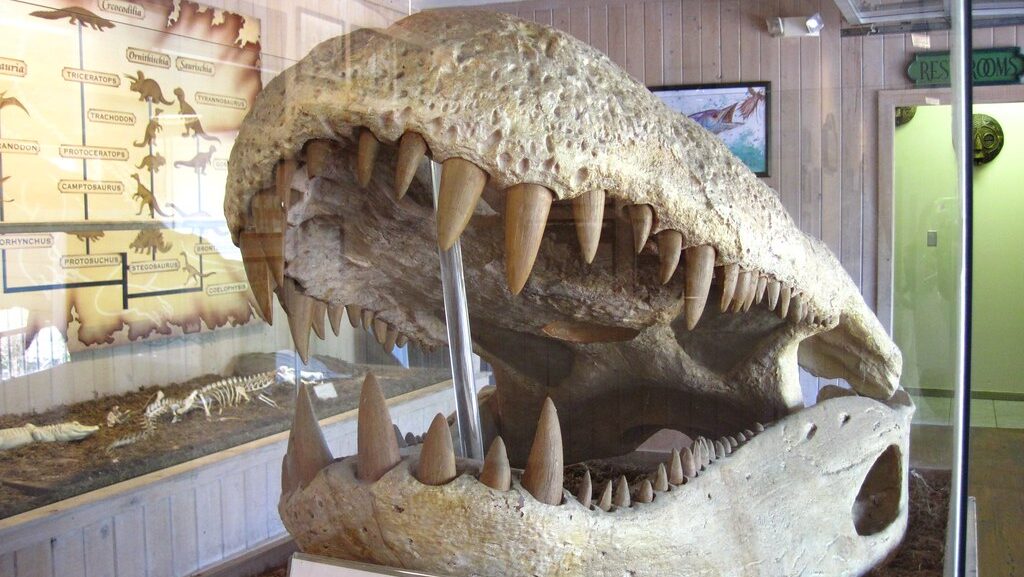
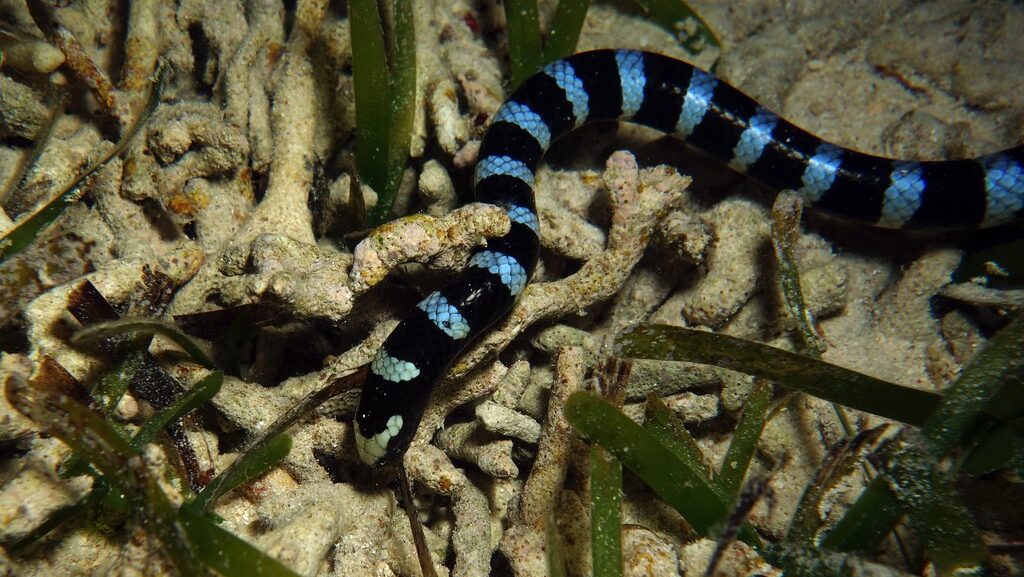
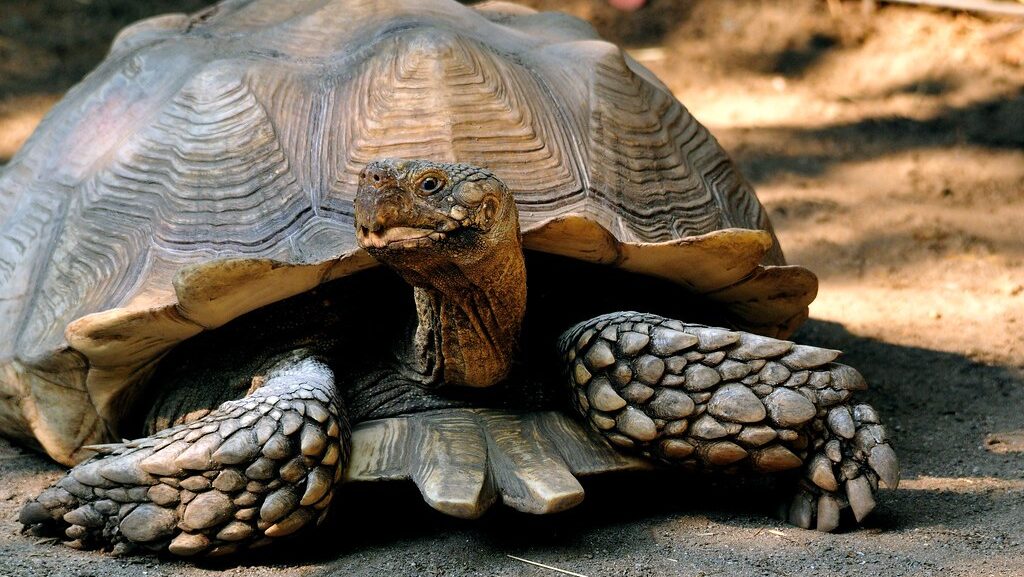
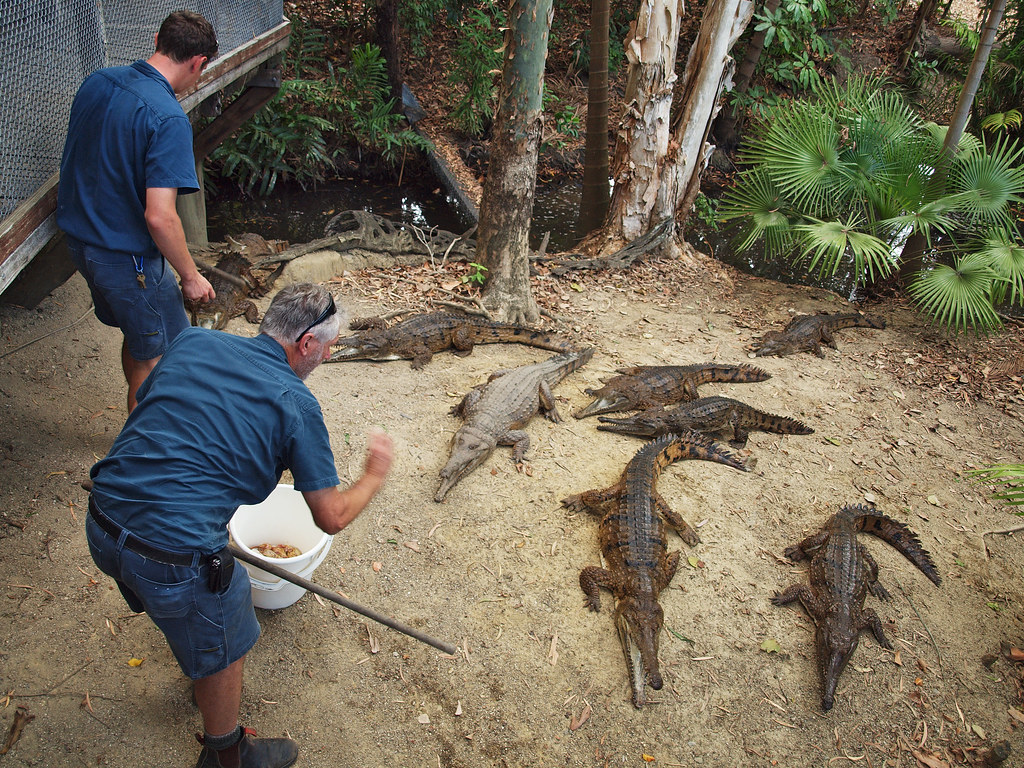
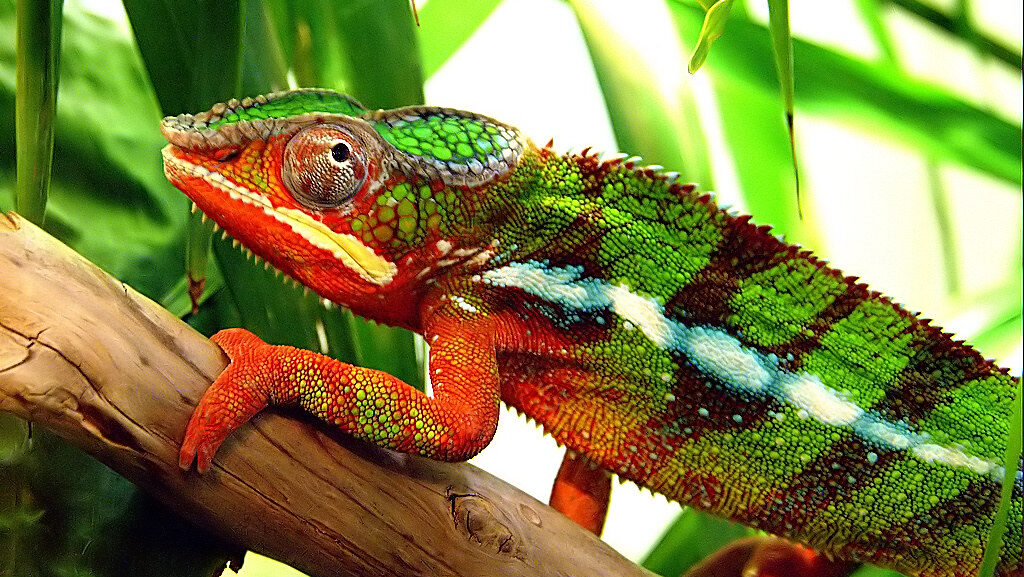
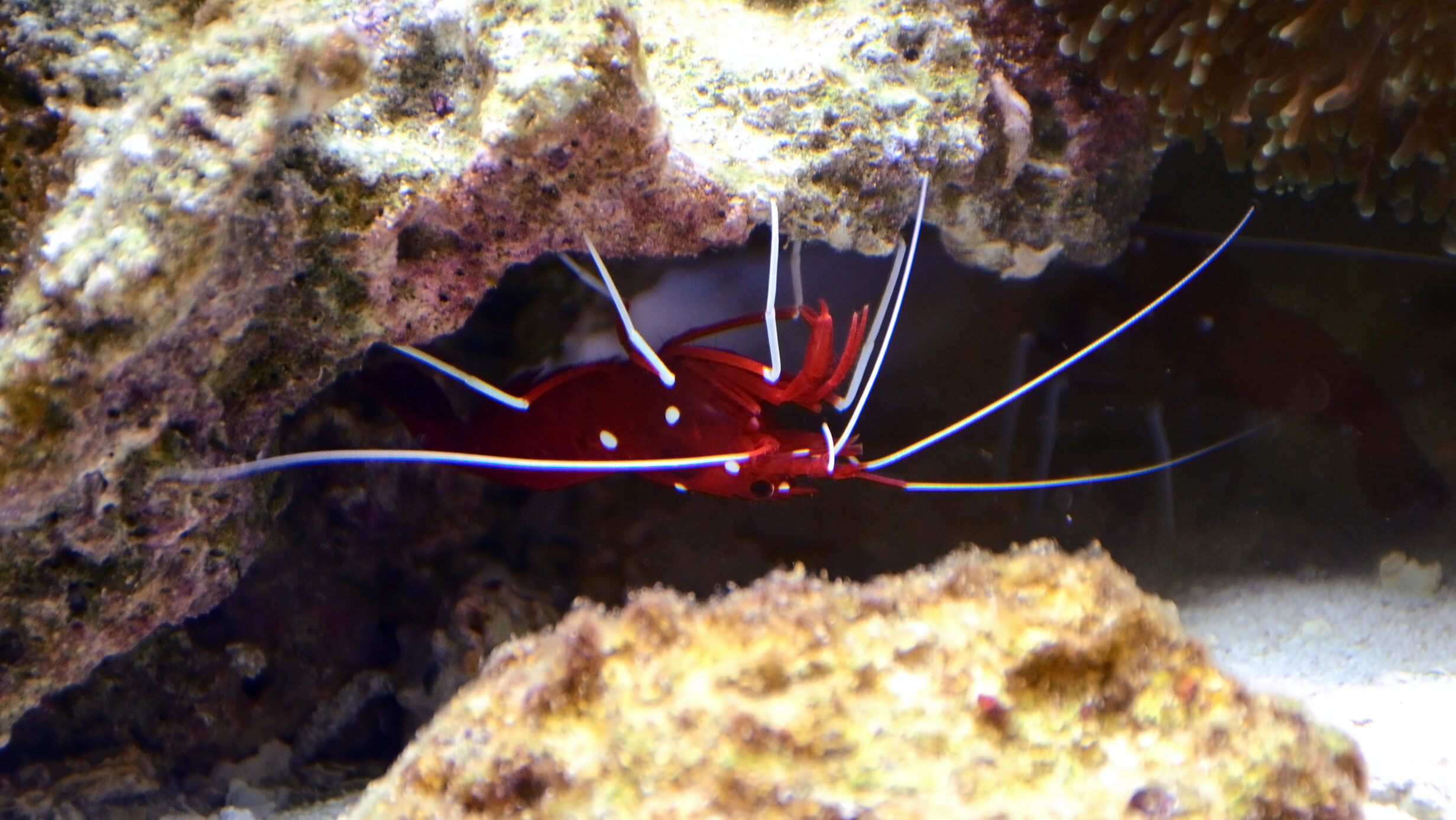
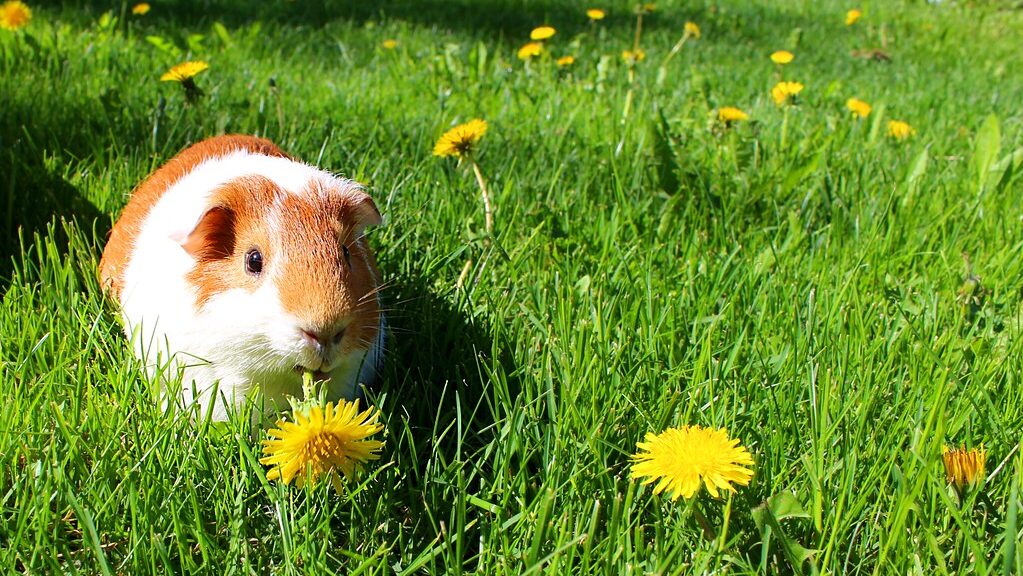
Leave a Reply